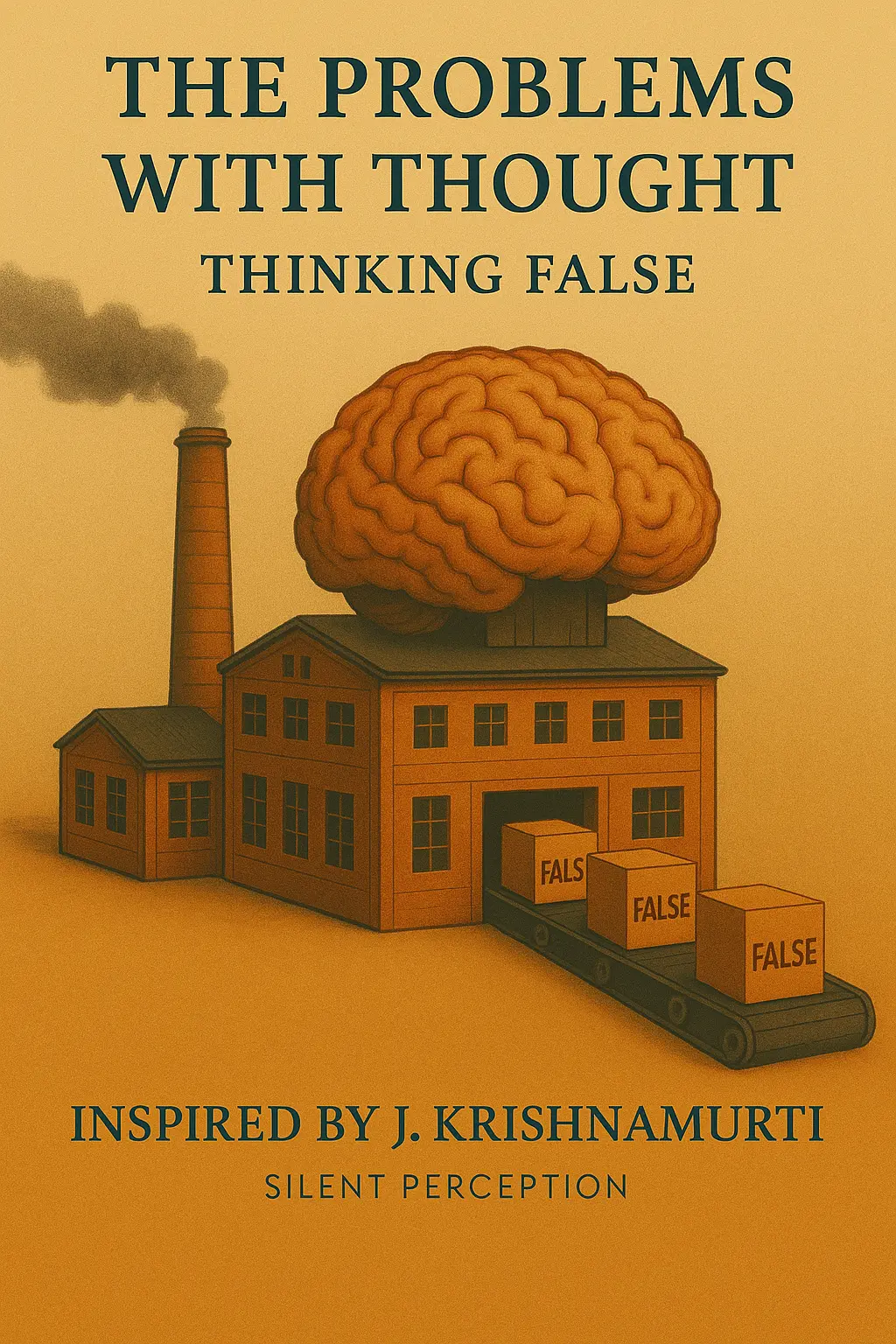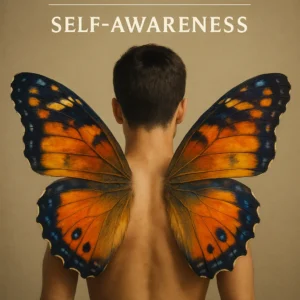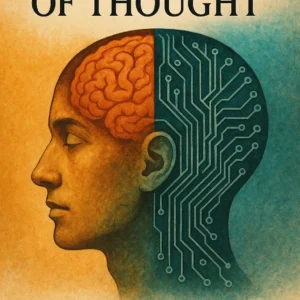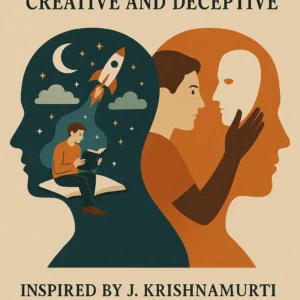Description
The Problems with Thought: Thinking False
Thought presents itself as truth — but what if its certainty is the very source of our confusion?
In The Problems with Thought: Thinking False, we examine the fundamental illusions that underlie the structure of thought. This book reveals how thought, though limited, projects an image of completeness. It constructs realities out of fragments, and then acts with conviction — often leading to conflict, insecurity, and division.
Each chapter exposes a different way in which thought falsifies its own content, distorts perception, and sustains illusion. By seeing the inner workings of this process, we begin to understand why thinking cannot lead us out of the confusion it has created.
What you’ll discover:
- How thought presents the partial as whole, and illusion as reality
- Why the mind mistakes its projections for truth, security, and fact
- How speculation forms a false structure of belief and behaviour
- Why thought resists change and clings to what it knows
- How the need for psychological security creates division and conflict
- Why human beings live inside creations of thought they no longer recognise as invented
- How understanding the structure of thought brings clarity, not control
This is not a book of techniques. It is a mirror — revealing the falseness of the structures we live by and helping us see that freedom begins with understanding.
The comprehension of thought facilitates clearer thinking.
For readers of J. Krishnamurti, David Bohm, or those deeply questioning the authority of thought, The Problems with Thought: Thinking False is an essential inquiry into the roots of psychological disorder — and the ending of illusion.





Reviews
There are no reviews yet.